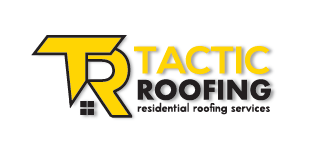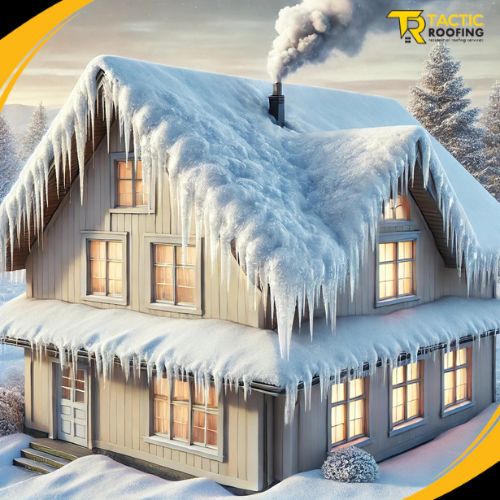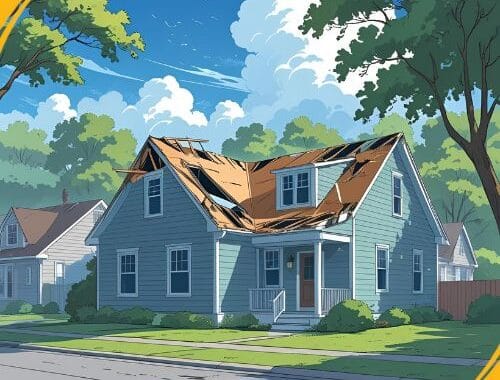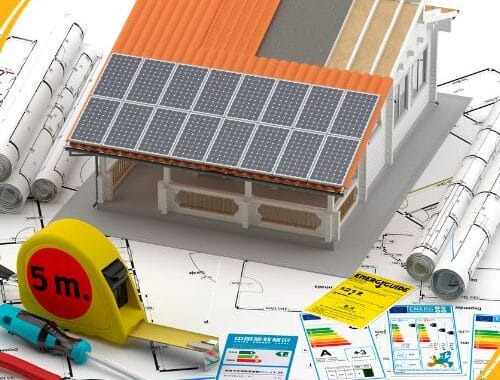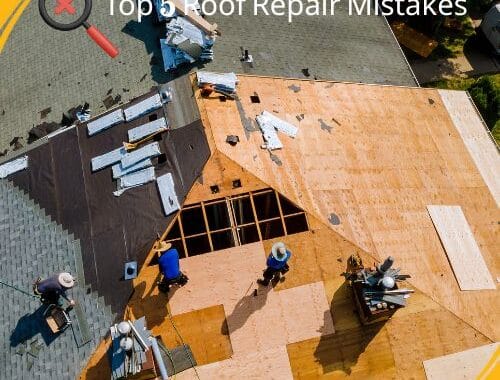Ice dams are a common and costly problem for homeowners in colder climates, particularly in Canada, where harsh winters bring heavy snowfall and freezing temperatures. When left unaddressed, ice dams can cause extensive damage to your roof and home, leading to leaks, structural deterioration, and expensive repairs. Understanding how ice dams form and implementing effective prevention strategies can save homeowners from the cost of neglecting roof maintenance and ensure long-term roof durability.
Understanding Ice Dams: How They Form
Ice dams develop when heat escapes from the attic and melts the snow on the roof’s surface. As this melted snow flows down to the colder edges of the roof, it refreezes, forming a ridge of ice. Over time, this ice buildup prevents additional meltwater from draining off the roof, causing it to back up under the shingles and leak into the home. The primary causes of ice dams include:
- Inadequate Roof Ventilation: Without proper airflow, warm air accumulates in the attic, raising the roof’s temperature and accelerating snowmelt.
- Poor Insulation: Insufficient attic insulation allows heat to escape, creating temperature imbalances that contribute to ice dam formation.
- Fluctuating Temperatures: Rapid temperature shifts between day and night can cause snow to repeatedly melt and refreeze, worsening ice dam buildup.
- Clogged Gutters: When gutters are blocked with debris, water has nowhere to go, increasing the likelihood of ice dam formation.
The Hidden Dangers of Ice Dams
Many homeowners underestimate the potential risks associated with ice dams. If ignored, these icy barriers can lead to:
- Roof Leaks and Water Damage: Trapped water can seep under shingles, causing leaks that damage ceilings, walls, and insulation.
- Mold Growth: Persistent moisture creates the ideal environment for mold, which poses health risks and requires costly remediation.
- Structural Damage: The added weight of ice and water can weaken roofing materials, leading to sagging, cracks, and potential collapse.
- Increased Heating Costs: Poor insulation and ventilation, which contribute to ice dams, also reduce a home’s energy efficiency, leading to higher heating expenses.
How to Prevent Ice Dams
Proactive roof maintenance is essential to preventing ice dams and the damage they cause. Homeowners can take the following steps to protect their roofs and maintain a comfortable, energy-efficient home:
1. Improve Roof Ventilation
Proper roof ventilation helps regulate attic temperatures by allowing warm air to escape and fresh air to circulate. Installing ridge vents, soffit vents, or attic fans can significantly reduce the risk of heat buildup and ice dam formation.
2. Enhance Attic Insulation
A well-insulated attic minimizes heat loss and maintains a consistent roof temperature. Adding high-quality insulation, such as fiberglass or spray foam, can help prevent warm air from rising and melting snow unevenly.
3. Keep Gutters Clean
Regularly cleaning gutters and downspouts ensures proper drainage and prevents water from pooling along the roof’s edge. Installing gutter guards can also reduce debris buildup and improve water flow.
4. Use Roof Heating Cables
For homes prone to ice dams, roof heating cables can provide an additional layer of protection. These electrically heated wires help maintain a consistent temperature along the roof’s edge, preventing ice buildup.
5. Remove Snow Safely
After heavy snowfall, using a roof rake to remove excess snow can help prevent ice dam formation. However, homeowners should exercise caution or hire professionals to avoid damaging shingles or injuring themselves.
Professional Solutions from Tactic Roofing
While DIY maintenance can reduce the risk of ice dams, professional roofing services offer the most reliable long-term solutions. Tactic Roofing provides expert roof inspections, ventilation assessments, and insulation upgrades to help homeowners safeguard their properties from winter damage. Their team of skilled professionals can identify problem areas and implement customized solutions to enhance roof performance and prevent costly repairs.
Conclusion
Neglecting roof maintenance, particularly in winter, can result in severe and expensive consequences. Ice dams pose a significant threat to a home’s structure, energy efficiency, and indoor air quality. By addressing insulation issues, improving roof ventilation, and seeking expert assistance from Tactic Roofing, homeowners can protect their investments and enjoy a safe, warm home throughout the winter months. Taking preventive action today can help avoid the cost of neglecting roof maintenance tomorrow.
